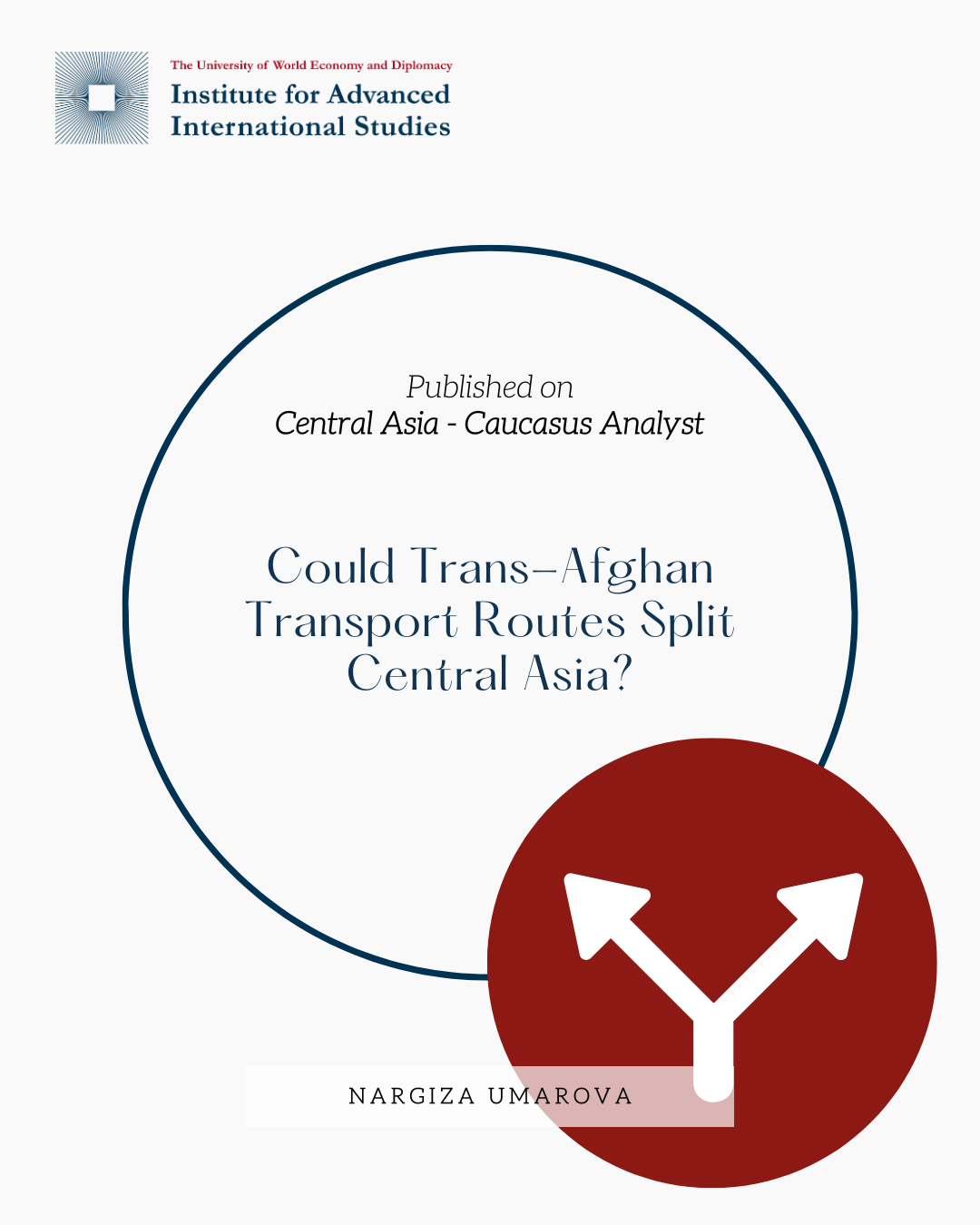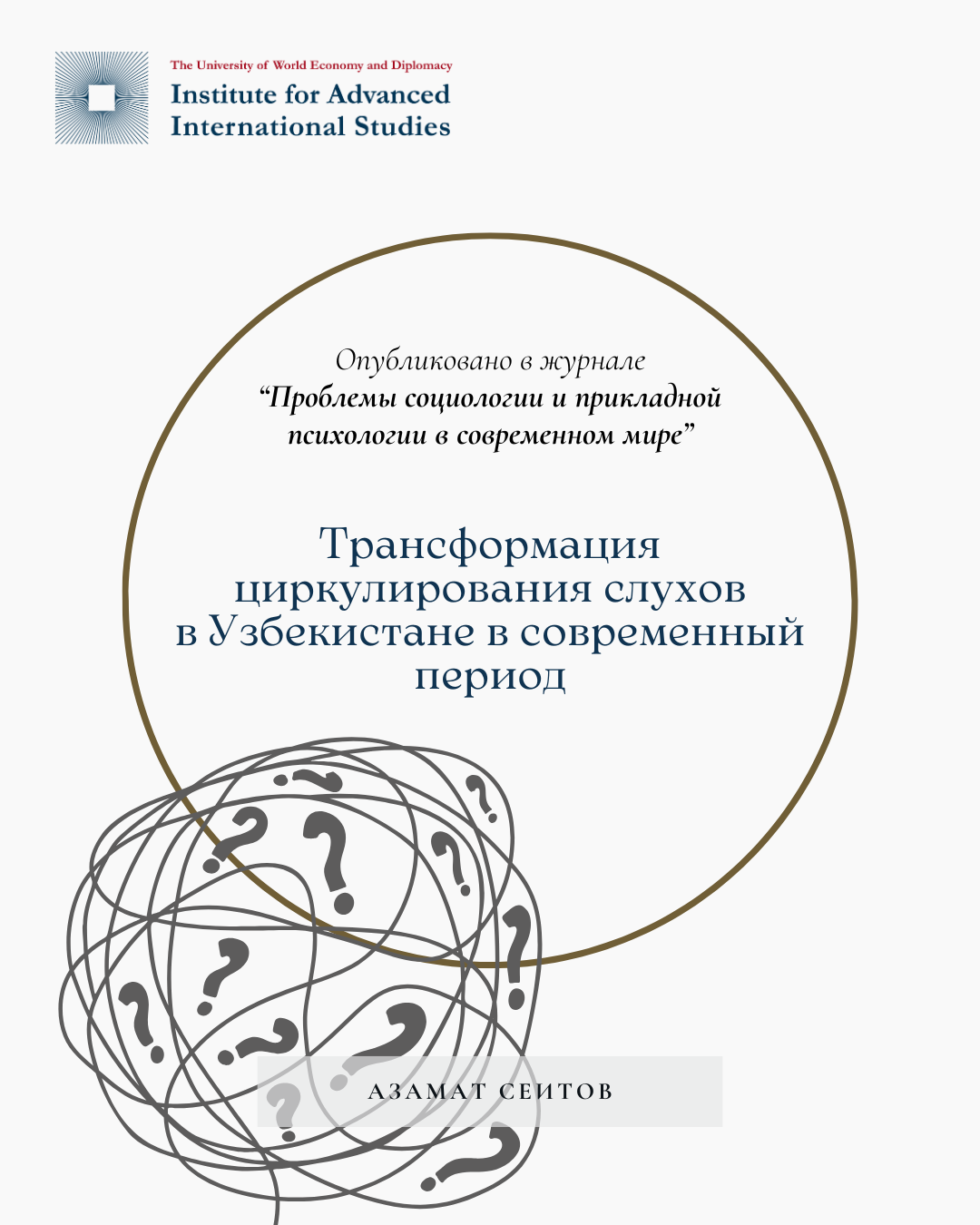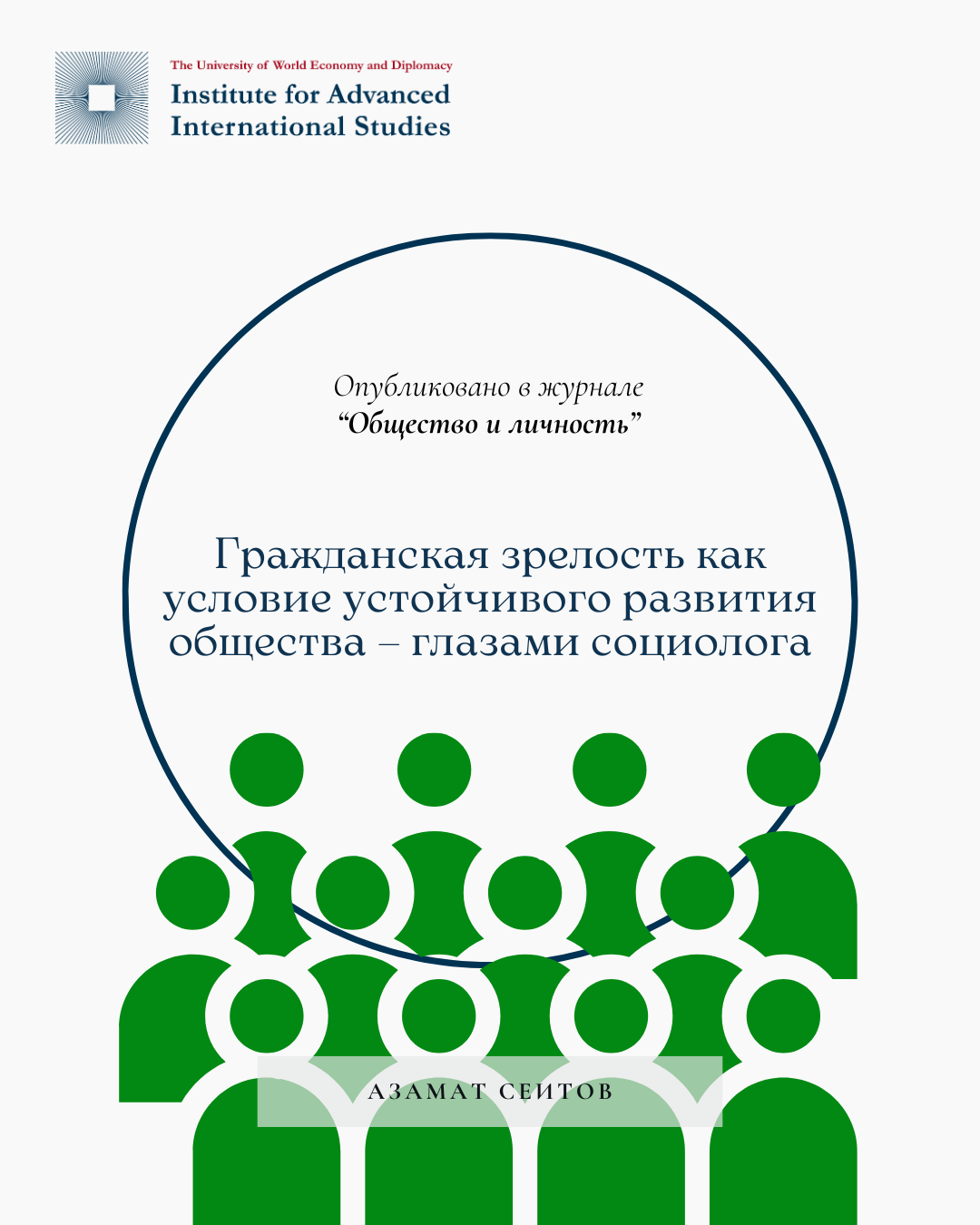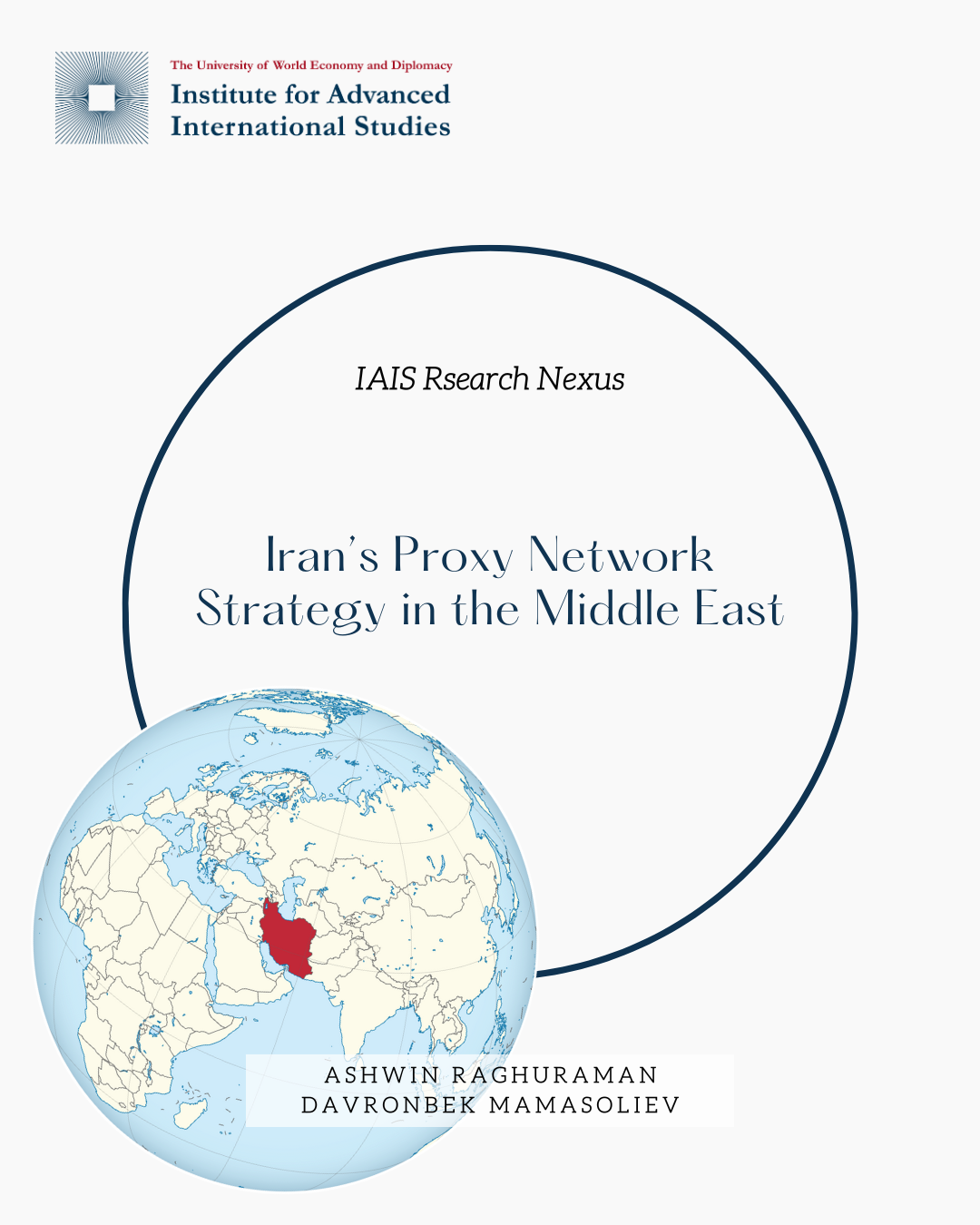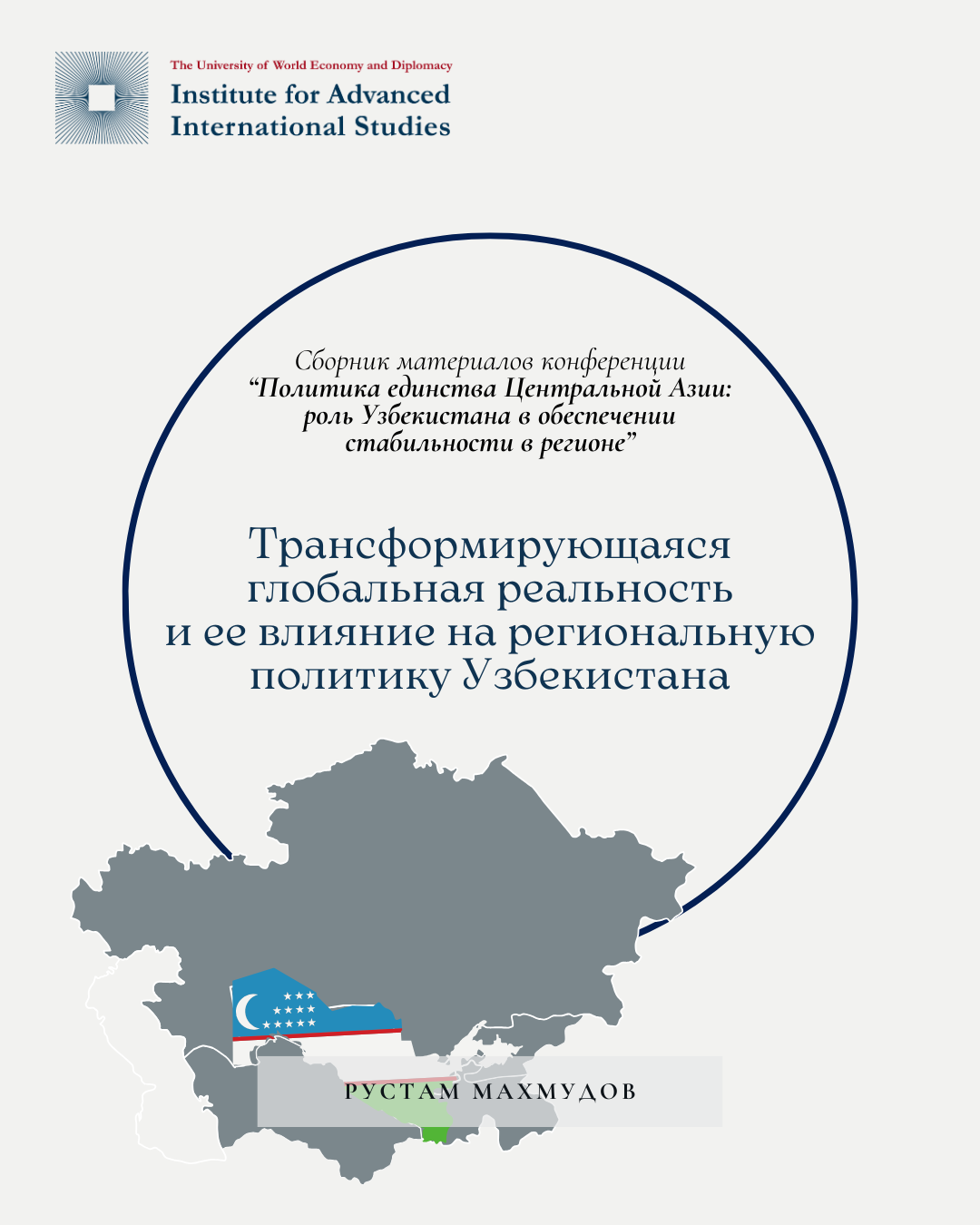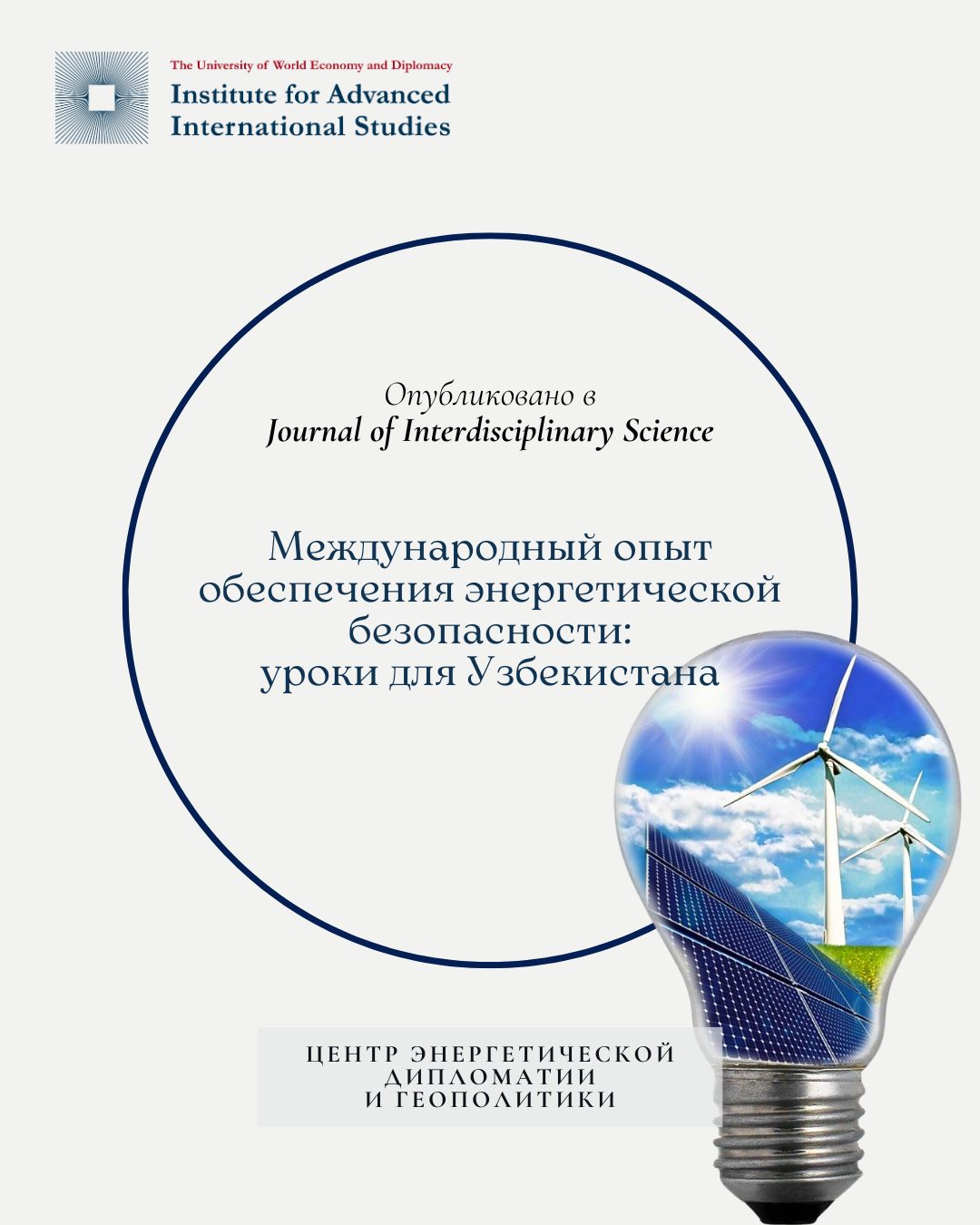In their research, Ashwin Raghuraman and Davronbek Mamasoliev, IAIS Volunteer, explore the structural evolution and growing fragility of Iran’s proxy-based foreign policy in the Middle East. As regional tensions peaked with the unprecedented June 2025 military exchange between Iran and Israel, the authors argue that the limits of Tehran’s reliance on non-state actors such as Hezbollah, the Houthis, and Hamas have become increasingly evident. The weakening of these proxies, especially following the collapse of the Assad regime in Syria, has eroded Iran’s ability to operate through its traditional asymmetric warfare strategy, pushing it toward more direct and overt confrontation, exemplified by the launch of Operation True Promise III. The study highlights that the loss of Syria as a logistical hub and the growing scrutiny of Iranian influence in Iraq are significantly constraining Tehran’s ability to sustain its regional network.
The authors trace how economic constraints, primarily driven by the reimposition of U.S. sanctions, have deepened Iran’s dependency on cost-efficient proxy groups while simultaneously undermining the very infrastructure necessary to support them. In the oil sector, Iran’s strategy of circumventing sanctions through clandestine exports to allies such as Syria is described as both adaptive and fragile, especially in light of Israel’s recent targeted strikes on oil infrastructure, which sent ripples through global energy markets. The reduction in Iranian oil flows to Syria and diversification efforts, reportedly expanding crude sales to up to 17 countries, are portrayed as key indicators of Iran’s shifting economic diplomacy under pressure.
Further, the paper delves into the sociopolitical landscapes that shape regional perceptions of power and legitimacy. While identity-driven societies in Yemen and Iraq are more likely to interpret proxy resilience through ideological and symbolic lenses, technocratic Gulf states approach Iran’s actions through pragmatic geopolitical calculations. This divergence in perception influences both local support for Iran’s partners and the regional balance of alliances. The authors also examine the instrumental use of the Houthis in the Bab al-Mandab Strait, whose attacks on maritime routes — like the Rubymar tanker incident — serve as both strategic disruption and ideological posturing in line with Iranian messaging.
The concluding section positions the collapse of Iran’s proxy strategy not only as a tactical vulnerability but as a geopolitical turning point. As proxies lose their deterrent effectiveness and domestic unrest increases within Iran, Tehran’s threshold for open conflict lowers. Raghuraman and Mamasoliev contend that Iran’s June 2025 missile strikes on Israeli territory mark a significant departure from decades of shadow warfare. In this new phase, Tehran’s foreign policy is entering an era of overt confrontation, shaped less by strategic ambiguity and more by a need to reassert its influence in a region undergoing rapid realignment. The authors argue that this transformation may permanently alter the security architecture of the Middle East, with grave implications for both regional actors and the broader international community.
* The Institute for Advanced International Studies (IAIS) does not take institutional positions on any issues; the views represented herein are those of the author(s) and do not necessarily reflect the views of the IAIS.

